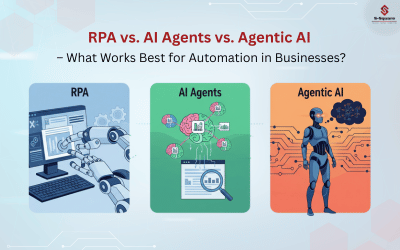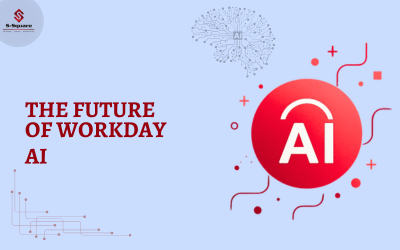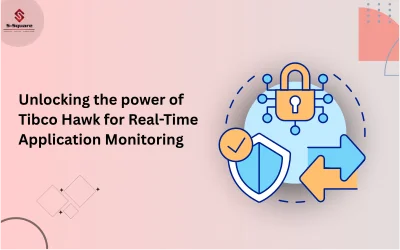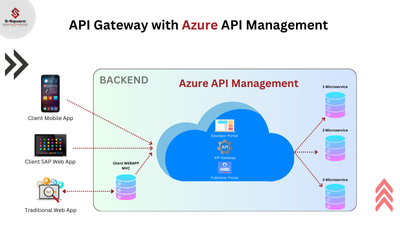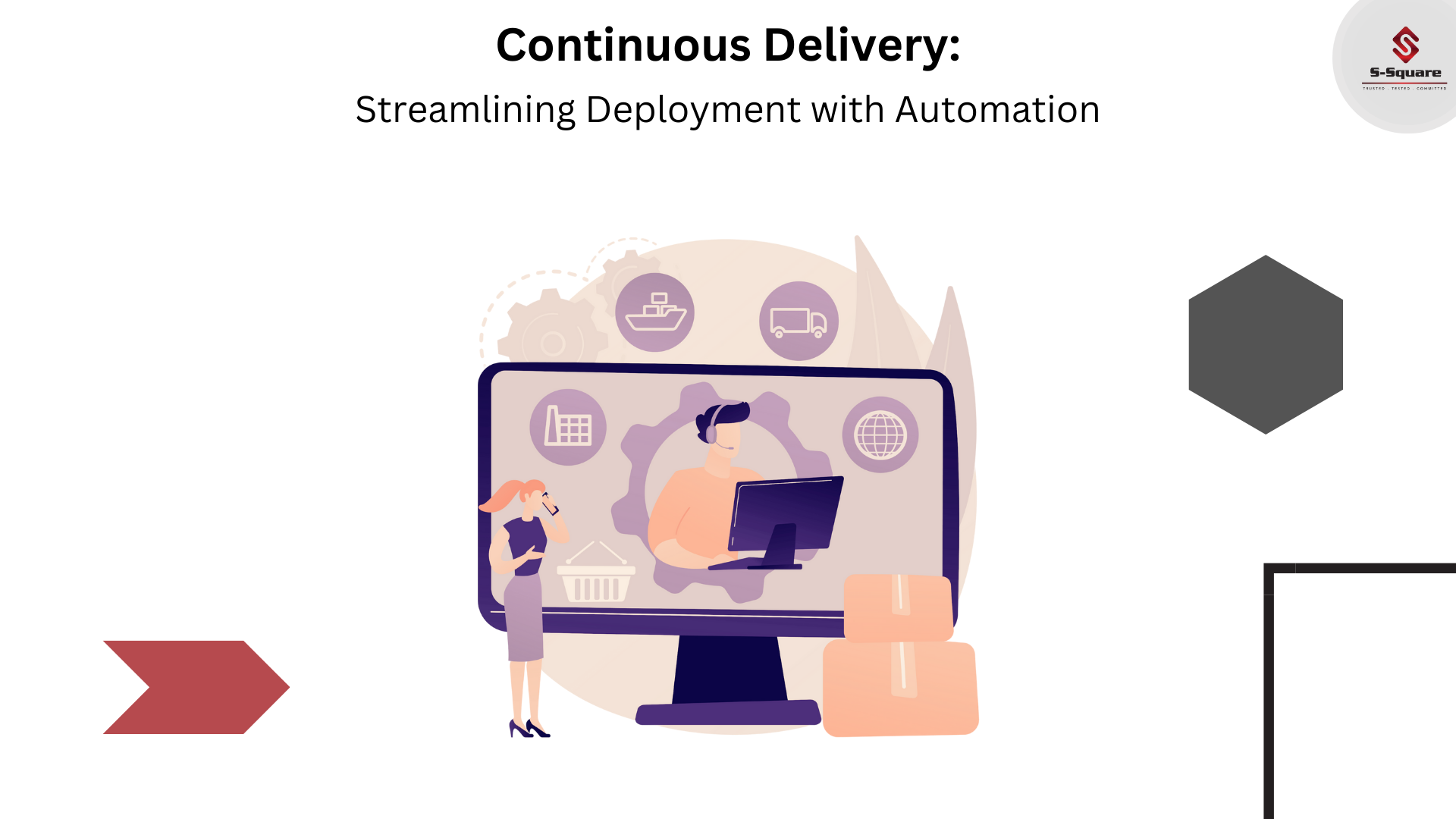
This blog is second part of basics of continuous integration and continuous delivery, First part explanation can be found at
https://www.s-squaresystems.com/the-basics-of-continuous-integration-ci/Let’s go back one step and take a
look at below digram which explains the difference phases of DevOps and we will talk more about Continuous Delivery phase and its advantages.
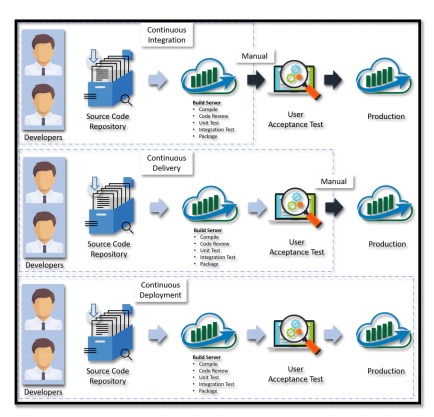
Continuous Delivery (CD) – Basics explained:
As you can see the above diagram explanation, Continuous Delivery is the next phase or step to Continuous Integration where User Acceptance Test (UAT) is also included as part of automation of CI/CD pipeline before it is being pushed to Production manually. CD pipeline setup helps organizations to achieve automating Developer code change integrations to code repository as well as automating the testing efforts continuously without much manual intervention thus providing a platform for always ready for deployment.
To differentiate Continuous Delivery and Continuous Deployment, as referred in the above diagram Continuous Deployment is complete automation of workflow starting from developer code merges till deployment of artefacts to production whereas Continuous Delivery is from developer code merges till testing of artefacts. Continuous Delivery process automation is a pre-requisite for Continuous Deployment process automation.
Let us compare traditional way of code merges and testing the changes manually with DevOps Continuous Delivery methodology.
The main purpose of automating the workflow (Code merges and Testing) is to provide the organizations flexibility of faster time to market while lowering the risk and cost where developers will have better productivity and more time to spend on business logic rather than process of getting things fixed manually every day. As the complexity is increasing day by day, simple continuous delivery pipelines are not sufficient to meet the requirements but we need to have intelligent pipelines where integration of new modules should be easy and help in identifying the issues or bugs well before hand and ready to roll the changes in no time. Use of Machine Learning (ML) and Artificial Intelligence (AI) as part of pipeline building is utmost requirement nowadays which can provide quality and optimized speed.
We at S-Square Systems, having very good knowledge base and expertise in DevOps which can help analysing your organization’s mission critical problems and provide solutions as per your requirements.
Some of the best proven DevOps – Continuous Delivery tools in the market (Jan 2020)
-
- Azure
Apache Gump
Visual Studio
AWS CodeBuild
Jenkins
Gitlb
- Azure
